I have some queries regarding this peak detector from an audio compressor circuit:
My understanding of the process is that when the positive input swings low, D5 is negatively biased and stops conducting whereas D4 is positively biased so the input of the op-amp sinks current and charges C1 down to a negative voltage. During this period there is no negative feedback so the output of the op-amp goes into negative saturation.
Once the voltage across the capacitor becomes equal to the input voltage, the inputs of the op-amp become equal and the op-amp stabilises. The image below shows a simulation of the circuit in which the input voltage drops from 0, to -1V. Why does the output of the op-amp (purple trace) stabilise at -0.6V?. I note that this is equal to one diode drop voltage, but can't see why this happens.
Also, it's not visible on this image but over time the op-amp output slowly drops down to become equal to the input voltage, but the circuit is static, so why would there be current flowing to cause the voltage to drop?
Finally, given that this is a negative peak detector, aren't these capacitors in the wrong direction? If they're being charged to negative voltages, shouldn't the anode be connected to ground?

